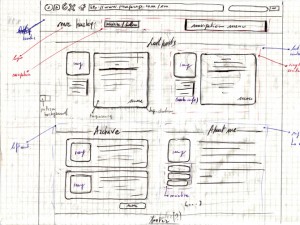Use Your Schedule Wisely to Control Your Time
Keeping a tight schedule is generally considered to be a good thing. We associate people who schedule their lives well in advance with being in control and organized. It’s certainly the case that having a full and well-planned schedule can help to make sure that you stay on task and not miss out on important meetings. But it’s also true that being too scheduled can have a negative impact on your ability to get things done.
Generally speaking, if you have schedule a meeting for a set length of time, it will go that length of time even if it doesn’t need to take that long. People want to feel like they blocked out a set amount of time for a reason and they will find ways to use the time — even if the use of time isn’t productive. This can lead to endless meetings where you are accomplishing a lot less than you should be with your time.
One way to solve this is to keep your meetings short — perhaps a half-hour in length. This gives enough time to discuss what needs to be discussed without inviting meetings to run on incessantly. If something needs more than 30 minutes, plan ahead and schedule multiple meetings. This will force you to address the problems in bite-sized chunks, which can be helpful in tackling complex issues.
You should also schedule time for yourself in between meetings to do something like take a walk outside of go get a coffee down the street. You might say to yourself that you are going to “find time” between meetings to take a break but it’s easy to let that time slip away. If you put breaks on your calendar, you are more likely to take them.
Scheduling phone calls the same way that you schedule meetings is a great way to avoid losing time to idle chit-chat. Unless it’s something urgent that needs to be dealt with immediately, you will almost always be able to schedule a call for later in the day. This gives you time to research the issue and be informed before having a conversation and it also sets parameters for how long the call should go.
 Posted on December 21, 2015
Posted on December 21, 2015
 Posted on December 8, 2015
Posted on December 8, 2015
 Posted on March 20, 2014
Posted on March 20, 2014
 Posted on February 26, 2014
Posted on February 26, 2014
 Posted on February 20, 2014
Posted on February 20, 2014 Posted on December 18, 2013
Posted on December 18, 2013
 Posted on October 31, 2013
Posted on October 31, 2013
 Posted on October 10, 2013
Posted on October 10, 2013